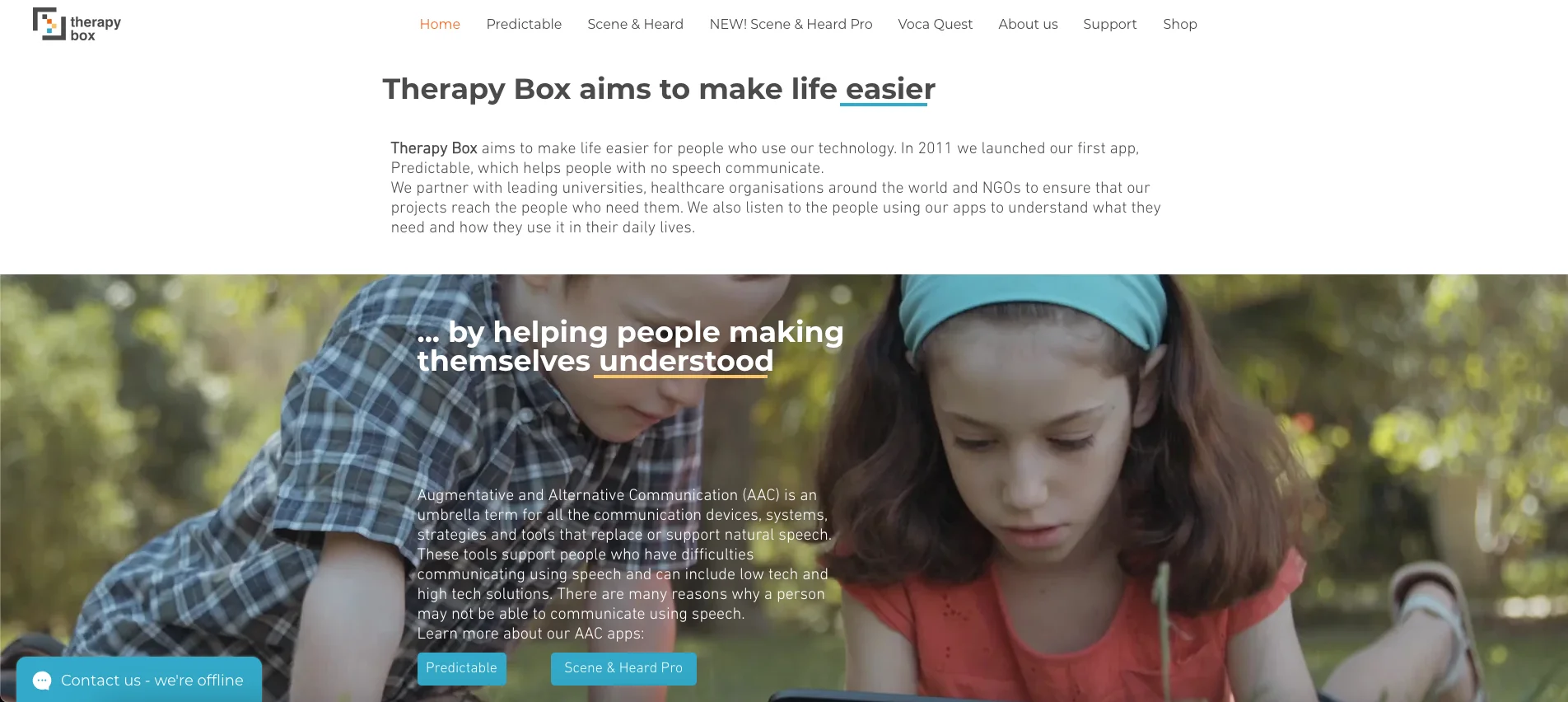DISCOVERY PHASE
Following a briefing with you, our specialists will gather and analyze requirements from the app's administrators and end users. They might dig deeper to figure out the project's true goals and potential pitfalls, as well as to get a better idea of how much time and money it will take.
SYSTEM DESIGN
Our team analyzes the present setup, from hardware to software, to determine where there are bottlenecks in performance and where enhancements may be made. Then, we draw out a methodical plan to enhance the quality of the current network's components.
COST OPTIMIZATION AND APPROVAL
Knowing the specifics and complexity of the project, we are able to make an accurate cost assessment. Scope and complexity of the project, the technology chosen, the timeliness of the project, and the number of expected end-users all play a role in determining the final price tag for DevOps services.
INFRASTRUCTURE AS A CODE
In a domain-specific language, our developers outline the requirements for the system's framework. The specs files are uploaded to a central hub, such as a server or code repository, or a management application programming interface (API). The platform next generates and sets up the necessary computing resources.
CONTINIOUS INTEGRATION & DEPLOYMENT
We speed up software production and decrease development cycles. Withing the project, we hope to reduce both the release cycle and the mean time to repair, while also guaranteeing painless deployment and streamlined integration of product code changes into the central repository.
INFRASTRUCTURE DEPLOYMENT
Our skilled crew sets up a new IT infrastructure, from the data center to the client's assets, without disrupting existing services. Scalable networking and staging capabilities for business and personal computers are equally available.
TECHNICAL TEAM SUPPORT
After a product has been released to the public, it is still important to plan for post-launch activities such as bug fixes, performance optimization, license renewal, feature addition in line with product strategy, and user feedback-driven iteration.
Your business will have specific needs and criteria for evaluating an infrastructure development company. While every evaluation of a service provider will be unique, there are a few constants. Your chosen business partner should be well-versed in data security, data governance, and business rules, as well as possess the appropriate certifications and know-how in these areas.
Two weeks for the simplest app, four for the most sophisticated one. After then, Infrastructure as a Code makes it possible to deploy and configure a new environment in a matter of minutes.
Your businesses may profit from a well-constructed application infrastructure by boosting productivity, lowering costs, and enhancing quality control, among other factors. Companies may create new apps and features more effectively while ensuring that old ones are functional if they have a clear and straightforward framework in place. Establishing this structure can save time and money while also lowering the risk of mistakes.
Amazon Web Services, Google Cloud Platform, IBM Cloud, Alibaba Cloud, and Microsoft Azure are now among the best Cloud Computing options available. However, there are two most notable cloud service providers: Amazon Web Services (AWS), which has been there from the beginning, and Google Cloud Platform (GCP), which is relatively new but is expanding at an alarming pace of 130%. AWS has a significant advantage over GCP in terms of the number of services it provides. The scope and variety of AWS’s service offerings is staggering. These separate offerings work together seamlessly to provide a full cloud solution.

